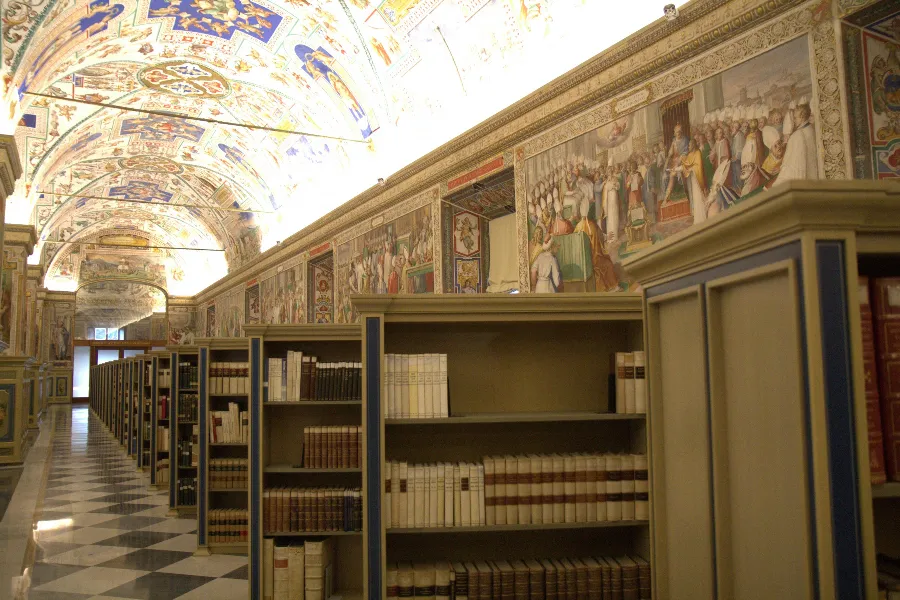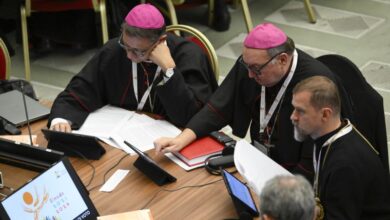Salesian priest named prefect of Vatican library
Vatican City, Feb 14, 2023 / 05:50 am (CNA).
Pope Francis has appointed Salesian Father Mauro Mantovani the next prefect of the Vatican Apostolic Library.
The Italian priest, 57, succeeds Father Cesare Pasini, who served as prefect from 2007 and recently turned 73 years old.
As prefect, Mantovani will help run the Vatican’s library alongside Archivist and Librarian Archbishop Angelo Vincenzo Zani, who was named to that role in September 2022.
Zani was formerly secretary of the Congregation for Catholic Education.
The Vatican Library preserves thousands of manuscripts and over one million printed books, most of which are available for study by researchers and scholars.
Mantovani, a member of the Salesians since 1986 and a priest since 1994, is rector of the Pontifical Salesian University in Rome.
He has a doctorate in philosophy and letters and a second doctorate in Thomistic theology. He has been a professor at the Pontifical Salesian University since 2007.
The priest is also a member of the Pontifical Academy of St. Thomas Aquinas and of the scientific committee of the Holy See’s Agency for the Evaluation and Promotion of Quality in Ecclesial Universities and Faculties (AVEPRO).

The modern iteration of the Vatican Apostolic Library is believed to have begun in the 14th century, though there is evidence that the Catholic Church has preserved a library and archive from as early as the 4th century.
A papal bull in 1475 opened the library and archive to study by scholars. Archival material was formally separated from the library in the early 17th century and entrusted to the Vatican Secret Archives (now called the Vatican Apostolic Archive).
According to its website, the Vatican Library “preserves over 180,000 manuscripts (including archival units), 1,600,000 printed books, about 9,000 incunabula, over 300,000 coins and medals, more than 150,000 prints, thousands of drawings and engravings and over 200,000 photographs.”
The revamped website of the papal library, unveiled in 2020, also gives researchers and students free access to high-resolution digitized manuscripts, inventories, archival materials, coins, medals, and incunabula, which are books printed in Europe before the 16th century.
The building which houses the library was built in the latter part of the 16th century.




